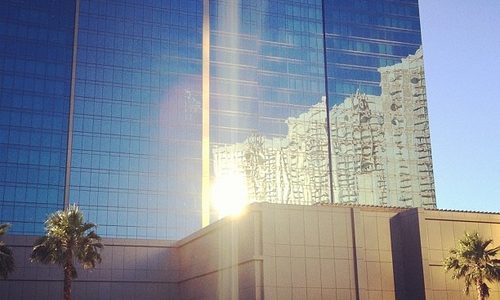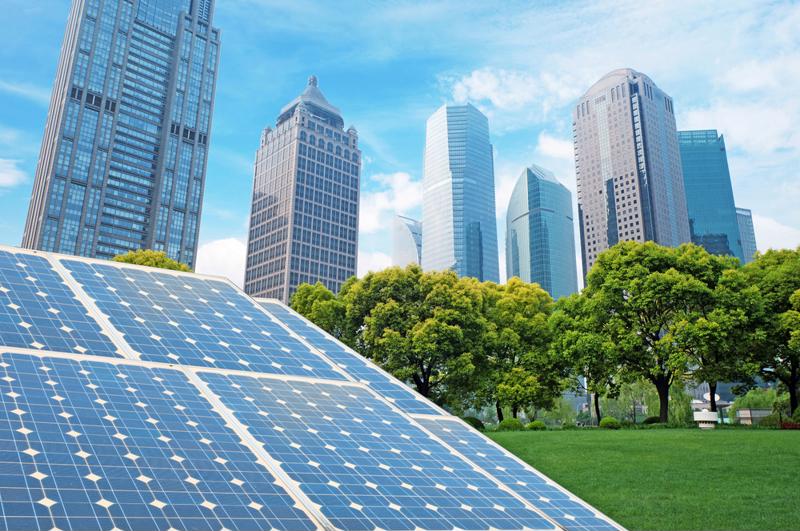
During a sunny day in September 2013, Martin Lindsay's Jaguar XJ was partially melted by a building. According to Popular Science magazine, the sunlight was concentrated and reflected from the nearby "Walkie Talkie" building that was being constructed nearby. The 37-story mirrored glass structure had a strong curve that focused the sun's light on this one "hot spot."
While this structure wasn't completed or inhabited by tenants yet, this story should be a warning sign to building and property managers. The building ended up paying the repair costs for fixing the melted components of the Jaguar. Sunlight can seriously impact the interior of your building, the exterior and the area around the structure. Make sure you know what to expect this summer when the sun shines all day.
Should you be worried about melting a car?
The Walkie Talkie's unique concave design made it the perfect shape to concentrate the sunlight at the car's parking spot. This extreme and directed heat only occurs for about two to three weeks a year, according to Popular Science. The rest of the time the sun is in a different position and therefore doesn't create the same concentrated heat. However, similar incidents have happened with other buildings in the U.S. and around the world as well.

Whether you're working with a 9-story structure in a suburban office park or a high-rise in the city, if your exterior is mainly glass you do have to worry about reflecting heat and sunlight. Popular Science explained that mirrored glass structures can reflect nearly 100 percent of the light back. So make sure you know if this is putting any properties in danger throughout the year so that you aren't surprised by a hefty repair bill for a car's tires.
There are few regulations about how a building should manage the light and heat it's reflecting. So vigilance and working with the local municipality may the best option. The parking spot where the Walkie Talkie building melted the car and the two next to it are now off limits.
Restricting and using sunlight
While keeping an eye on your building's sun reflection can help insulate your building's owner from litigation, there are also other concerns that you should take into account when it comes to your building and sunlight.
- Develop a shade program based on building orientation – The easiest way to know how your building will be impacted by the sun is to study your building's orientation. As Whole Building Design Guide explained, the direction that your building faces affects exactly how much sun will enter each part of your structure throughout the year. You can use this information to map out which parts of your building will be most affected throughout the day and year. Then you can use window film, strategic blinds, curtains or shade management to limit the sun from overheating your building, which would lead to higher energy costs and tenant discomfort.
- Use window film – To protect your building from the sun's heat all year long, consider window film. This film can be applied to the window to limit how much UV light will enter the building and heat the structure, leading to better energy usage. Although it keeps sunlight out, it doesn't obstruct the view or curb appeal of your building. Talk to Clean and Polish Building Solutions about installing some today.
- Consider passive solar heating – While you're main concern is likely keeping the sun out, you may want to think about passive heating in your entryway or atrium. With LEED-certified and green building growing in popularity many are thinking about using the sun's energy to heat spaces during the winter for free.


